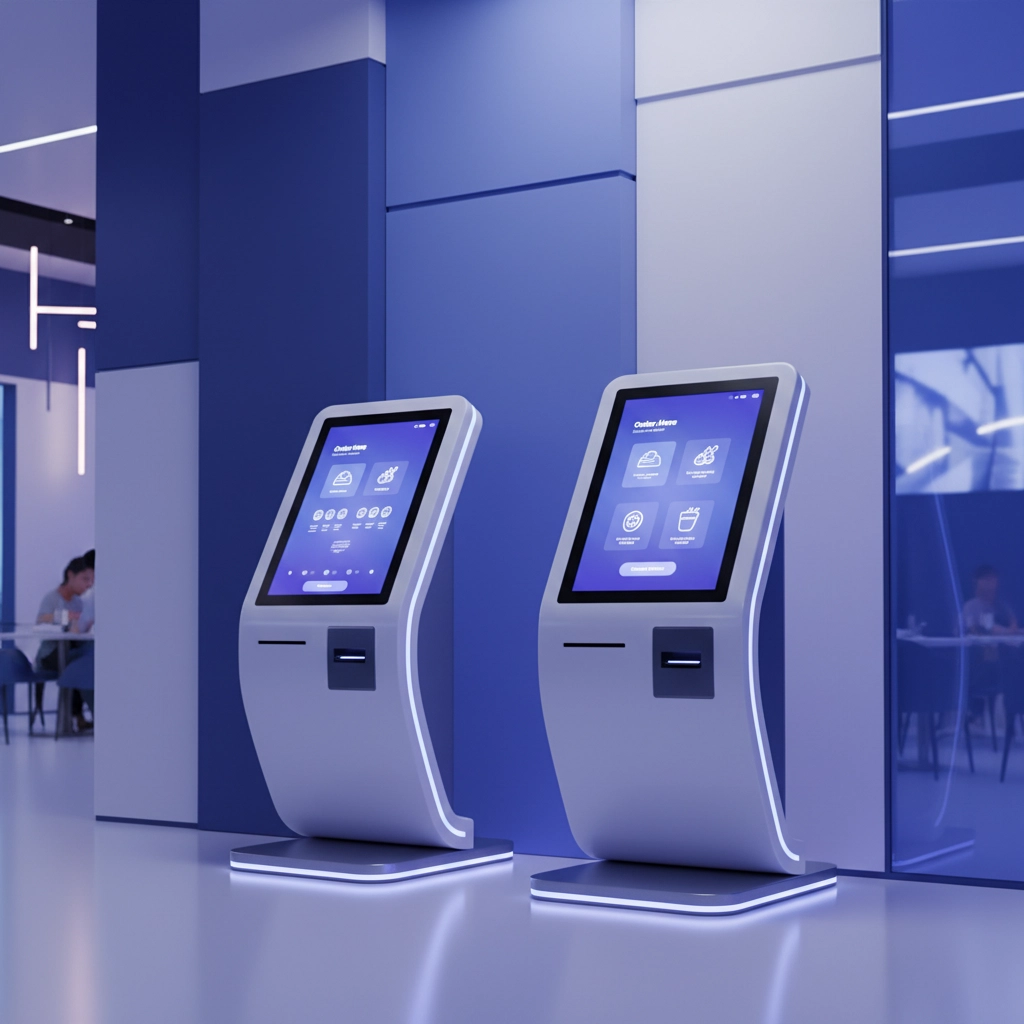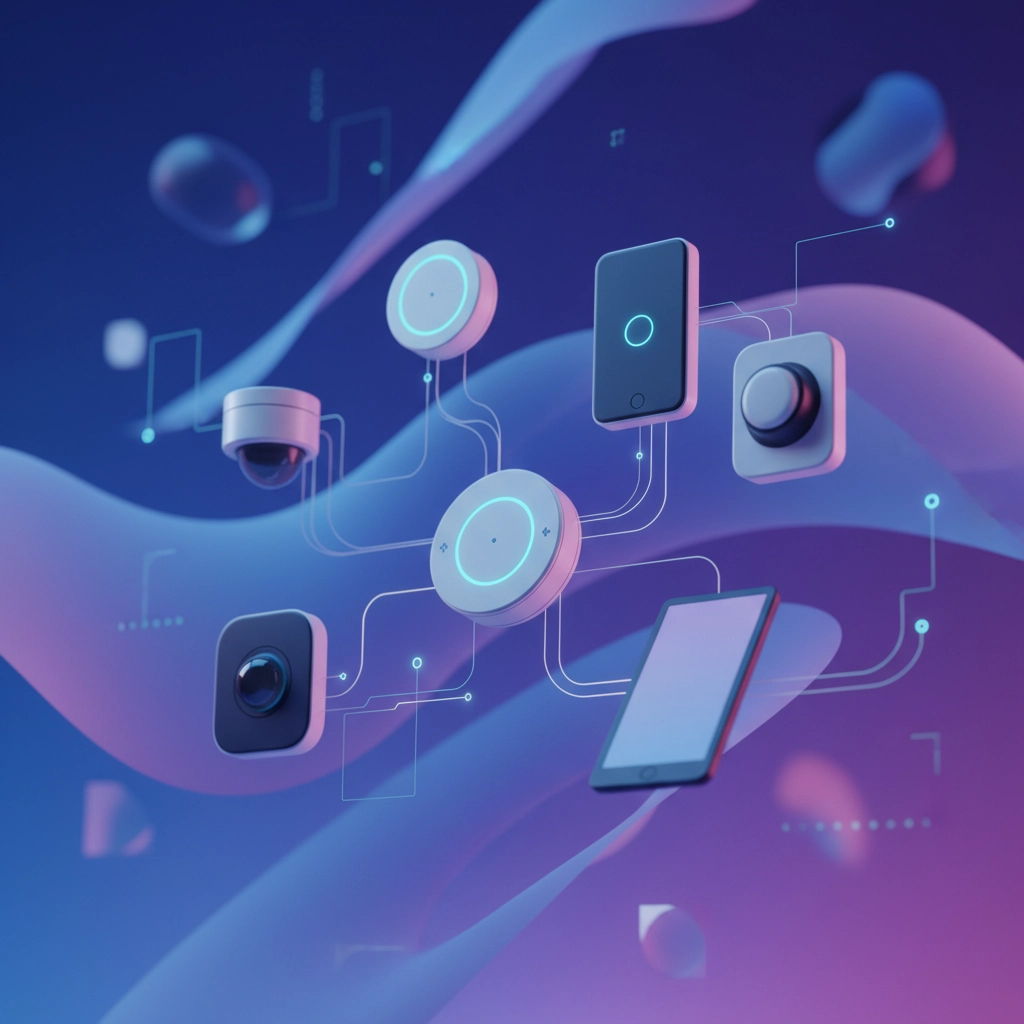Running a restaurant is tough enough without technology working against you. Between managing staff, keeping customers happy, and controlling costs, the last thing you need is outdated tech slowing everything down. The good news? A few strategic tech upgrades can transform your operations almost overnight.
Restaurants that embrace automation are seeing some impressive results: labor costs dropping by 15% and monthly sales jumping 20%. These aren't just numbers on a spreadsheet; they represent real improvements that make your daily operations smoother and more profitable.
Here are five tech upgrades that deliver immediate results for restaurant operations.
1. Cloud-Based Point of Sale Systems
Your POS system is the nerve center of your restaurant, but if you're still running on outdated hardware with limited functionality, you're missing out on serious operational improvements.
Modern cloud-based POS systems go way beyond just processing payments. They become the central hub that connects every part of your operation. Unlike traditional systems that tie you to specific hardware, cloud-based solutions let you access your data from any internet-connected device. This means you can check sales numbers from home, manage inventory from your phone, or oversee multiple locations from a single dashboard.

The real magic happens through integration. A good cloud POS automatically syncs with your online ordering platforms, updating menu items and processing customer orders without any manual intervention. It handles payment processing, generates invoices, tracks sales trends, manages table reservations, and even runs marketing campaigns: all from one system.
This eliminates the headaches that come with disconnected systems. No more manually entering the same order into multiple systems. No more wondering if your inventory counts are accurate. Everything updates in real-time across all platforms.
2. Self-Service Ordering Kiosks
Self-service kiosks might seem like a big investment, but they're one of the fastest ways to reduce wait times and cut labor costs simultaneously.
Customers can browse your full menu on easy-to-use touchscreens, customize their orders exactly how they want them, and pay without needing staff assistance. The system automatically sends orders to your kitchen display screens, so your kitchen staff knows exactly what to prepare and for which table.

Major chains like McDonald's have proven this technology works at scale, but it's not just for fast food anymore. Even sit-down restaurants are finding creative ways to use kiosks for ordering appetizers, desserts, or drinks while customers wait for tables.
The benefits are immediate: you can run your front-of-house with fewer staff during busy periods, customers don't wait in long lines, and order accuracy improves because there's no miscommunication between customer and cashier.
3. Kitchen Display Systems (KDS)
Paper tickets are the enemy of efficiency. They get lost, become unreadable, and create communication gaps between front-of-house and kitchen staff.
Kitchen Display Systems replace those paper tickets with clear, organized digital screens that show exactly what needs to be prepared, when it was ordered, and any special instructions. Orders flow directly from your POS or kiosks to the kitchen screens, eliminating the chaos of trying to decipher handwritten tickets during rush periods.
The system can prioritize orders based on preparation time, highlight special dietary requirements, and even track how long each order takes to complete. This data helps you identify bottlenecks and optimize your kitchen workflow.

Your kitchen staff always knows what to work on next, reducing the confusion and stress that leads to mistakes. The result? Faster ticket times, fewer remade orders, and a calmer kitchen environment.
4. Automated Inventory Management with IoT
Inventory management is often one of the most time-consuming and error-prone parts of restaurant operations. Smart IoT devices are changing that by automating much of the process.
Modern IoT sensors can monitor your walk-in cooler temperatures, track ingredient usage in real-time, and automatically reorder items when they hit predetermined levels. Smart scales can weigh ingredients as they're used, updating your inventory counts instantly.
Some systems even monitor food freshness and alert you when items are approaching expiration dates, helping you reduce waste and maintain food quality. Equipment monitoring sensors can detect when your refrigeration units, ovens, or other critical equipment are operating outside normal parameters, allowing you to address issues before they become costly failures.

The energy savings alone can be substantial. Smart systems optimize equipment usage, reducing electricity costs while extending equipment life. But the real value comes from having accurate, real-time data about your inventory and equipment status without the manual work.
5. Integrated Online Ordering Platform
If you don't have a seamless online ordering system yet, you're leaving money on the table. But it's not just about having a website where people can place orders: it's about having a system that integrates smoothly with your existing operations.
A proper integrated platform allows customers to browse your menu, customize orders, make payments, and even make reservations, all while feeding that information directly into your POS and kitchen systems. Orders placed online should appear on your kitchen screens just like orders taken in-person, without any manual re-entry.
The platform should also capture valuable customer data, letting you track ordering patterns, run targeted marketing campaigns, and build loyalty programs. Push notifications can alert customers about specials or remind them to reorder their favorite dishes.
Whether you build a custom app or use a software-as-a-service solution, the key is ensuring it talks to your other systems. When everything is connected, online orders flow seamlessly into your normal workflow without creating extra work for your staff.
Making It All Work Together
The real power of these upgrades comes when they work together as an integrated system. Your online orders flow through the same POS that handles in-person orders. Your inventory system knows about every ingredient used regardless of how the order was placed. Your kitchen displays show all orders in priority sequence, whether they came from a kiosk, server, or online platform.
This connected approach eliminates the inefficiencies that come from managing multiple disconnected systems. Your staff spends less time on manual data entry and more time focused on creating great customer experiences.
At Whitewick IT, we help restaurants implement these integrated solutions without the headaches. We understand that every restaurant has unique needs, and we work with you to prioritize upgrades based on your specific operational challenges. Whether you need help with restaurant IT solutions or want to explore how cloud services can streamline your operations, we've got the expertise to make it happen smoothly.
The restaurant industry is competitive enough without outdated technology holding you back. These five upgrades can transform your operations, reduce costs, and improve customer satisfaction: often paying for themselves within months through operational savings and increased revenue.